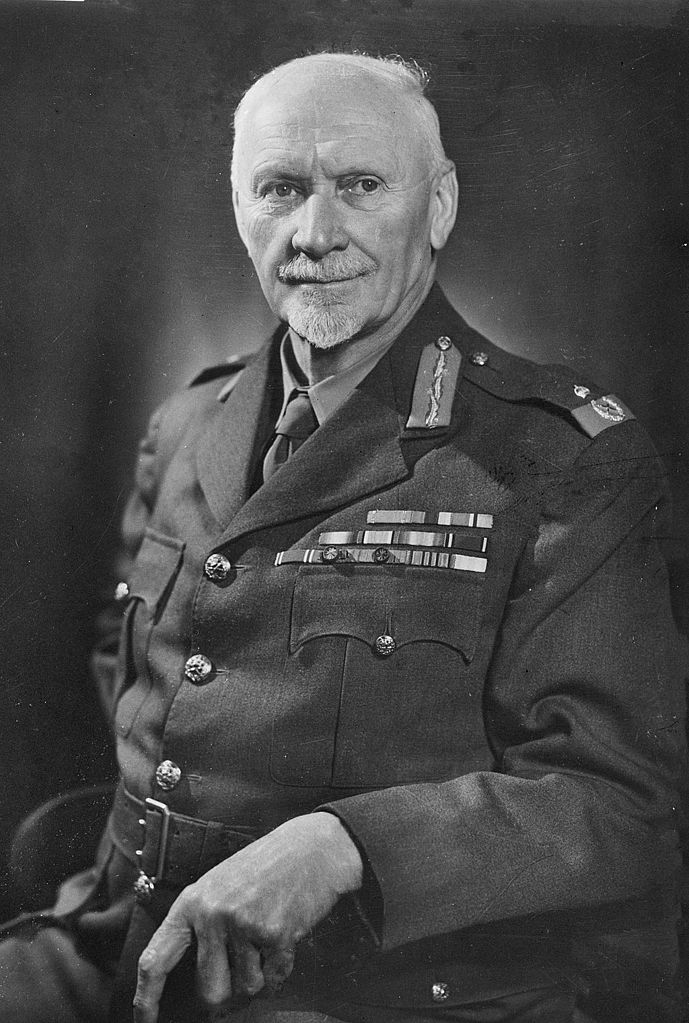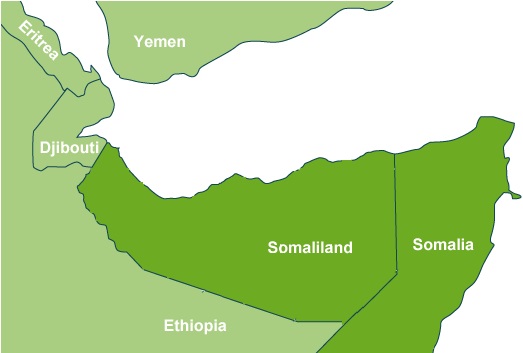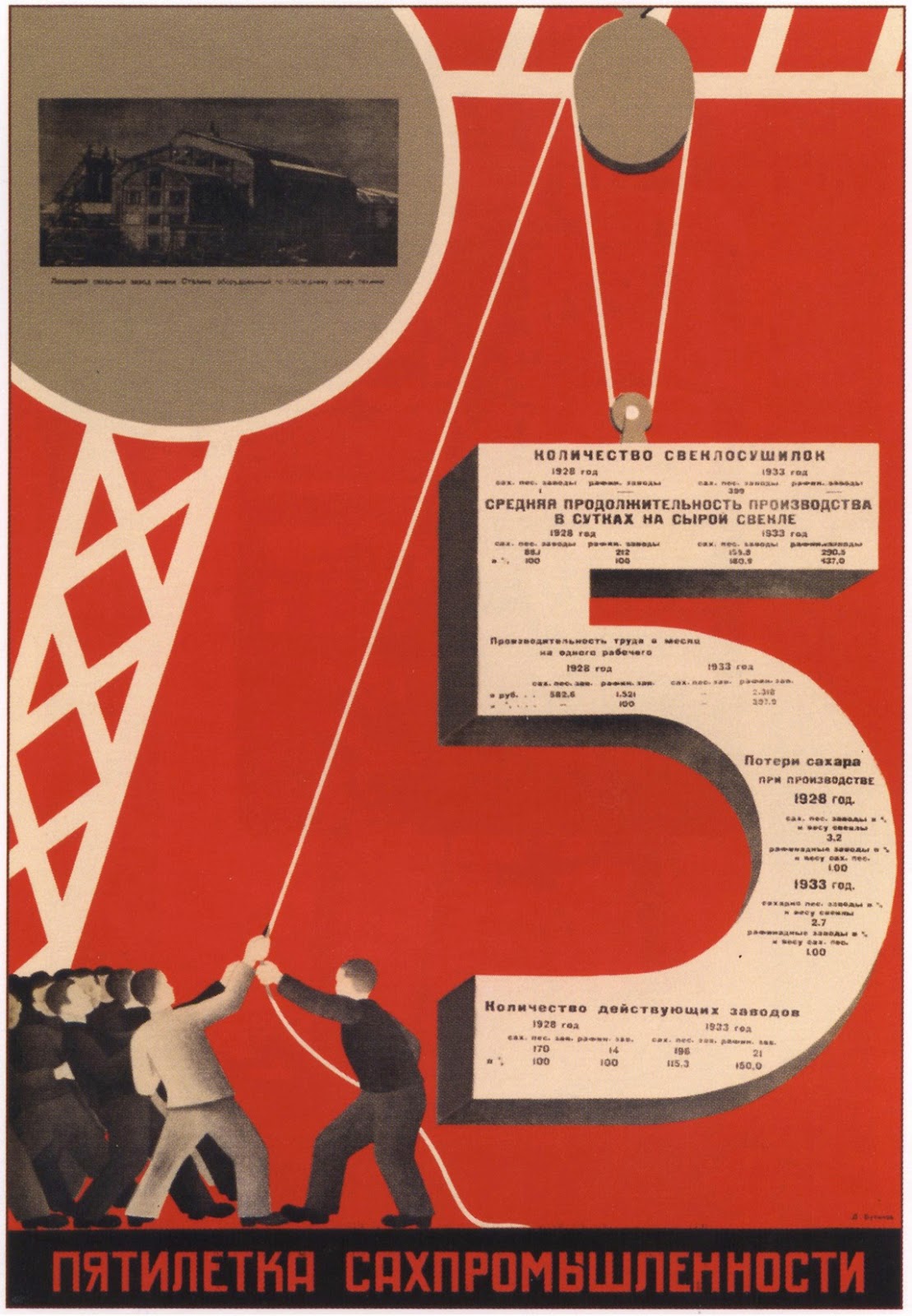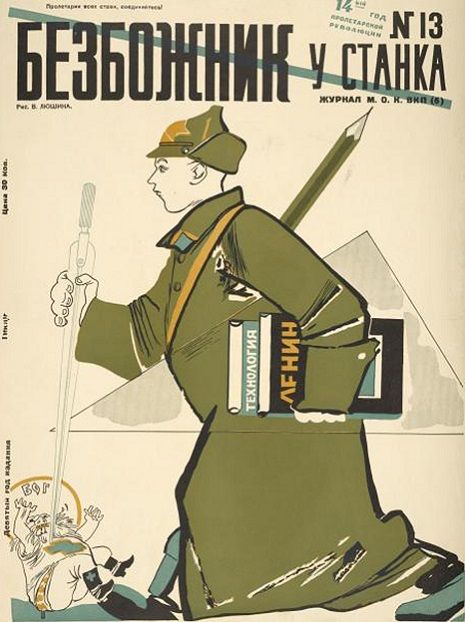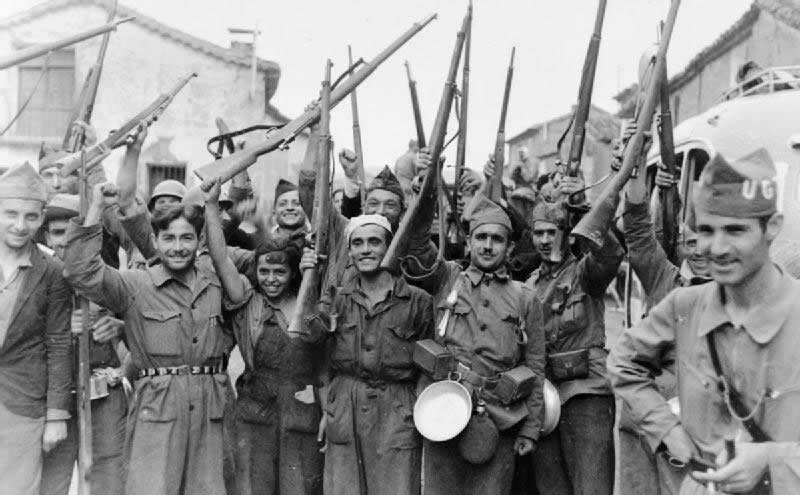 |
| Spanish Civil War |
The Spanish civil war raged from July 17, 1936, until April 1, 1939, when the Nationalists, led by General Francisco Franco (1892–1975), overcame the ruling Republican, or Loyalist, government to take control of Spain's future.
The origins of the war can be found in Spanish political instability, which characterized the early decades of the 20th century, beginning during the rule of Alfonso XIII (1886–1941), who became monarch in 1902.
A military coup led by Miguel Primo de Rivera in 1923 saw the constitution suspended. Further attempts at economic and social change failed to reverse longterm negative trends. After the army withdrew its support, Rivera resigned, and Alfonso XIII was forced to accept free elections in 1931. As a result, Alfonso relinquished the crown and went into exile, and a republic was declared.
In the June 1931 elections the Socialist Party (PSOE) and assorted left-wing parties won a major victory that made Alcala Zamora (1877–1949) prime minister, but he was soon replaced by the more radical Manuel Azana (1880–1940).
A series of reforms that challenged the land-owning agricultural elites and the dominating position of the Catholic Church followed. The 1933 elections saw the right-wing parties, led by the Spanish Confederation of the Autonomous Right (Confederación Española de Derechas Autónomas, CEDA), regain control of parliament (the Cortes); they abolished the earlier reforms.
A general strike followed in 1934, and armed rebellion occurred in Asturias. To overcome these divides and in a hope of establishing legitimacy, Manuel Azaña established a broad coalition of the left, which included the communists (PCE, known as the Popular Front).
 |
| Generalissimo Francisco Franco reviewing his Falangist troops after taking Madrid in 1939 |
In opposition to this movement, the right-wing parties formed the National Front, which included CEDA and the Carlists (monarchists) as well as the Falange Española, a nationalist party with fascist sympathies. The February 1936 general election saw a narrow Popular Front victory. The Popular Front won 34.3 percent of the votes, and the National Front gained 33.3 percent.
With control of 263 seats out of 473 in parliament, the Popular Front attempted a reform program in agriculture. They also freed political prisoners, banned the Falange, and sent several prominent military officers, such as Francisco Franco, to overseas outposts.
Political Maneuvering
Important sections of the military leadership, led by General Emilio Mola, began to discuss what could be done about this government. The issue became more serious when in May 1936 the conservative Niceto Alcalá Zamora was removed as president and the more leftwing Manuel Azana replaced him.
Azaña made Diego Martínez Barrio prime minister on July 18, 1936. Barrio failed to reach a compromise with the opposition, and he was replaced by the more radical José Giral, who armed left-wing groups for possible resistance.
 |
| Nationalist army |
General Mola declared the army in revolt on July 19, 1936, and gained initial but somewhat blundering success in the Canary Islands, Morocco, Navarre, Seville, and Aragon. Francisco Franco, commander of the Army of Africa, joined the revolt and began his conquest of southern Spain. General Mola concentrated his forces in the northwest and took the important naval base at Ferrol. Mola would be killed in a plane crash in June 1937.
Franco commanded the superior Army of Africa, which contained the Spanish foreign legion and over 34,000 men. He moved his forces with the help of the German Luftwaffe to control practically all of southwestern Spain. Most of the Civil Guard and the Assault Guard joined with the Nationalists.
The Popular Front's army was larger than that of the Nationalists and had gained the support of a variety of overseas left-wing recruits, primarily led by communists, who were organized into International Brigades. This also included U.S. volunteers, who served under the Abraham Lincoln Brigade banner. This mix of various national groups and ideologies produced friction among left-wing factions.
The Nationalist side also attracted international support in the form of Lieutenant Colonel Walther Warlimont (1894–1976), a member of the German General Staff. Warlimont became an adviser to General Franco and arranged for the creation of the Condor Legion of volunteers, numbering 19,000 men by war's end, to fight for the Nationalist cause. The Luftwaffe put in the field squadrons of bombers, fighters, and other aircraft to support ground operations.
In August 1936 the border area with Portugal fell to the Nationalists after General Juan Yagüe overran Badajoz city, gaining in the process the epithet "Butcher of Badajoz." President António Salazar of Portugal gave his support to the Nationalists and closed the border to the Republicans.
In September 1936 Francisco Largo Caballero (1869–1946), a left-wing socialist, became Republican prime minister. It was during this time that General Franco assumed total control of the army, becoming generalissimo as well as head of the Nationalist state, a position strengthened with the fall of Toledo to Nationalists armies.
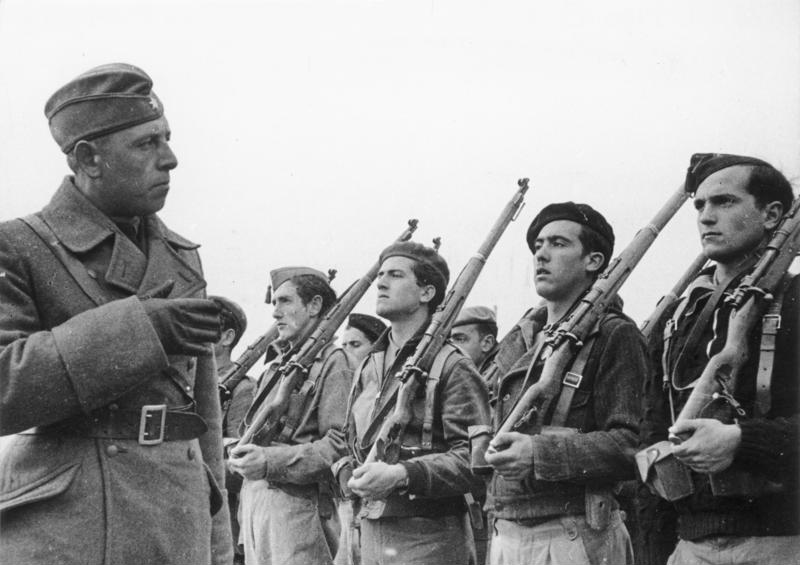 |
| Condor Legion, a unit composed of German Air Force and German Army |
By November 1936 Nationalist troops under General José Varela, supported by the Condor Legion, began their siege of Madrid, which lasted for nearly three years and ultimately forced Caballero's government to leave the capital.
Benito Mussolini came to the aid of the Nationalists with men and supplies. The Italian Blue Shirt Militia, numbering 30,000, joined 20,000 Italian army soldiers as part of the Nationalist Front. There were also pro-Catholic Irish Blue Shirts who joined the Nationalist side.
This Italian force included air force squadrons that joined with the Germans in bombing missions for the Nationalists. In March 1937 the Italian contingents were amalgamated as the Italian Corps.
The intensity of the fighting increased at and near Madrid in 1937 in an effort to take the city and cut off Republican supplies. Battles in the Jarama Valley and at Guadalajara were costly for all sides but left the Republicans hanging on.
In April 1937 Franco brought all the Nationalist groups together under Falange Española control with himself as a supreme leader, or caudillo, an imitation of the titles Duce and Führer used by Mussolini and Hitler. On April 26 the Germans bombed the Basque city of Guernica, made famous by Picasso's painting that became a tribute to the city's losses.
The city was captured by the Nationalists two days later, and the regional capital, Bilbao, fell in June. Santander and Aragon were taken in August, and by October Asturias, including Gijón, had surrendered, giving the Nationalists control of the north.
Tensions mounted in the Republican camp because of Communist Party demands, which Caballero refused to meet. With the coalition threatened, President Azaña removed Caballero and replaced him with Juan Negrín (1892–1956), who allowed the Communists greater influence in the cabinet.
This internal strife became outright conflict in Barcelona when in May 1937 the Communists challenged other left-wing elements, such as the anarchists and Trotskyites, for control of local institutions. Death squads killed an estimated 400 people until troops from Valencia arrived.
This event lost the National Front credibility, and Negrín's pro-Communist sympathies gave more and more influence and control to Stalin and his agents. With its intensive bombing campaigns and its more unified military command, the Nationalists in April 1938 broke out of their pocket, advancing to the sea toward Valencia, and appeared ready to encircle Madrid.
Negrín launched the Ebro offensive in July in order to reverse these advances, but the losses were very heavy, particularly in International Brigade ranks. The International Brigade elements were eventually totally withdrawn from Spain in September 1938.
The Ebro battles also cost the Nationalists dearly; 6,000 were killed and 30,000 wounded. Yet the Republican inability to reverse the tide of war meant that they were now essentially a spent military force without hope of victory.
Negrín's efforts at reform and reorganization also proved futile. When the Nationalist army took Barcelona on January 26, 1939, the Republican government withdrew to the French border. In February 1939 the British prime minister, Neville Chamberlain, recognized General Franco and the Nationalists as the legitimate Spanish government. President Azaña now had no option other than to resign and flee to France.
Splits also occurred on the Madrid front when Republican forces led by Segismundo Casado (1893– 1968) formed an anti-Negrín junta. These internal divides saw Communists fight anarchists in the heart of Madrid. Casado realized the situation was hopeless and attempted negotiation with the Nationalists.
However, Franco refused anything less than total surrender. The Nationalist Army entered Madrid on March 27 without significant opposition, and on April 1, 1939, Franco declared the civil war over.
The civil war proved costly for Spain in economic, military, and social terms. Although estimates of deaths vary considerably, a general view is that approximately 500,000 were killed, tens of thousands on both sides were murdered for their political associations, and an estimated 10,000 civilians were killed through German and Italian bombing. The end of the war also saw the Nationalists extract a sizable revenge, executing 100,000 Republican prisoners; thousands more died from the conditions of their imprisonment.
The civil war left in its wake a legacy of bitterness. Spanish democracy did not return until the restoration of the monarchy under King Juan Carlos following the death of Franco in 1975. Franco remained the longest-serving fascist dictator of the era.
He eventually normalized relations with his neighbors and joined the NATO alliance in the postwar period. Even his sending troops to fight with the Nazis on the Russian front during World War II was forgotten, for he never officially joined the Axis powers.
For many, the Spanish civil war was a precursor to the
World War II struggle against fascism. The conflict also revealed the ineffectiveness of the League of Nations in stopping such actions, which were made worse by the neutrality and nonintervention policies of the democratic states. The civil war in military terms became a testing ground for equipment and tactics that would be used in World War II, such as the carpet bombing of cities and the idea of total war.
